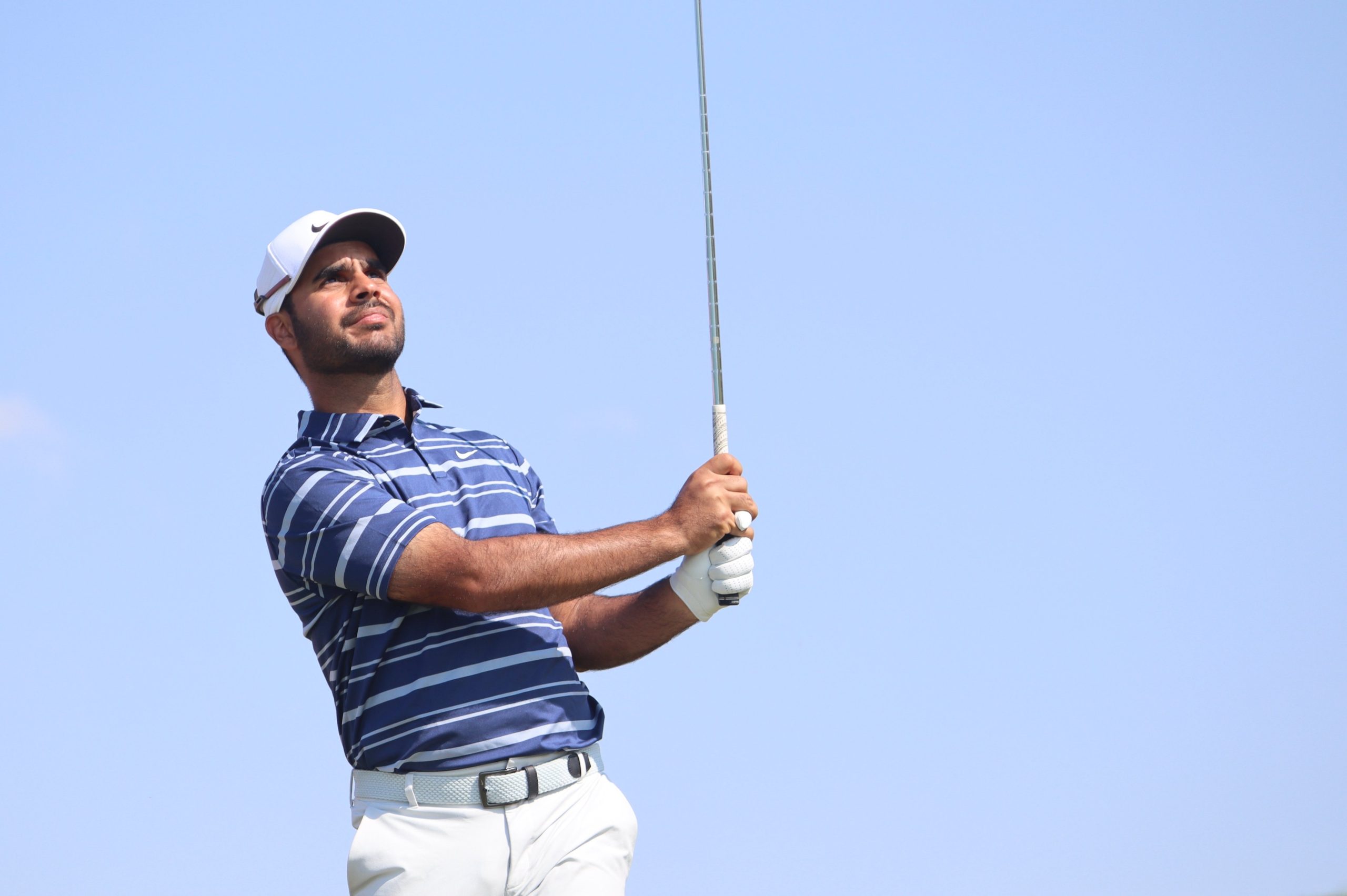
Shubhankar Sharma secured India’s most remarkable finish, an impressive T-8th position at The Open
After this year’s Masters tournament in April, IGW wrote about how Indian golfers on the men’s side had struggled to get into the Majors over the last five years, and why that was a problem. Anirban Lahiri then qualified for the PGA Championship but failed to make the cut, while no Indian pro was in the men’s U.S. Open field.
Of course, on the women’s side Aditi Ashok has been a regular presence in the majors. In fact, she has played in more majors than any other Indian pro, male or female, though she has yet to make a significant impact in any of them. Her best finish remains a tie for 22 nd in the British Open in 2018. It has been a lonely furrow that she has been ploughing.
Another solid bogey free Sunday and a great build up to the @PGAChampionship It’s now major time #CurryPower pic.twitter.com/UnHH89O4f6
— Anirban Lahiri (@anirbangolf) May 15, 2023
Then came the men’s and women’s British Opens and a turn for the better. Shubhankar Sharma, who has been struggling for most of year, played brilliantly in tough conditions to finish tied for eighth. That’s the best finish ever by an Indian in the Open Championship and the second best result for an Indian in any men’s Major tournament after Lahiri’s tie for fifth in the 2015 PGA Championship. The women then went one better as both Ashok and Diksha Dagar made the cut in the Women’s Open Championship. It was the first time two Indians had played on the weekend in any major, men’s or women’s.
Ashok was in contention after 36 holes but faded on the weekend to finish T-40. Dagar meanwhile went in the opposite direction, climbing 14 spots on Sunday to finish in a tie for 21 st , one spot better than Ashok’s best result in a major.
Enjoyed playing @AIGWomensOpen @waltonheath_gc was a great test & a fun course to play. Hugely appreciate everyone who followed my rounds & the volunteers for their time. Thank you @RandA for taking us to some of the best venues every year & elevating this major.
@GettyImages pic.twitter.com/P7ocbSdAuN— Aditi Ashok (@aditigolf) August 17, 2023
These kinds of performances tend to fall into one of two categories: They can be a one-off, a career highlight, or they can be a springboard for better things to come.
Too often for Indian golf they have fallen into the first category. Lahiri’s fifth place finish in the 2015 PGA is a good example. He would go on to miss the cut in eight of his next 11 majors, with a best finish of T-42 in the 2016 Masters. Even Jeev Milkha Singh, arguably India’s greatest ever professional golfer, peaked with his tie for ninth in the 2008 PGA Championship. He missed the cut in three of his next five majors and finished tied for 67 th and tied for 69 th in the other two.
It is therefore important for Indian golf that Sharma, Ashok and Dagar are able to build on these results and prove that they are not a highlight, but rather a preview. One advantage all three have is age. Sharma is 27, Ashok is 25 and Dagar is 22. They have plenty of prime golfing hears ahead of them in which to duplicate or even better these results.
Sharma and Ashok have plenty of experience too, while Dagar is showing that she can handle herself on the bigger stages.
Ashok and Sharma haven’t played since their respective Opens, but Dagar backed up her performance with a tie for sixth in the ISPS Handa World Invitational in Ireland last week, an LPGA and LET co-sanctioned event. That result moved her up to fifth in the Race to Costa Del Sol on the Ladies European Tour. With Ashok comfortably ensconced in third place, hopefully these two can build a friendly rivalry and push each other to greater heights over the next decade or so.
Sharma recently said he is confident of breaking back into the top-100 in the world rankings (his current ranking is 171) but he has produced good results before only to fall back again. Last year he finished second in the DP World Tour’s Abu Dhabi HSBC Championship in January and did not post another top-10 finish until November.
That said, he showed at the British Open that he has the game to compete under immense pressure at the very highest level. If that doesn’t provide him with a springboard for this season and beyond, then it’s likely nothing will.
The rest of the season should give us an indication of which way things are likely to go for all three of them.
Credits:-
Photo – DPWT


